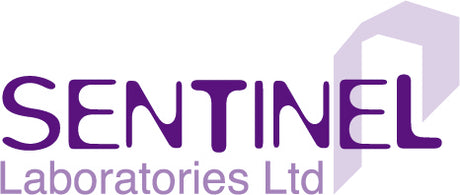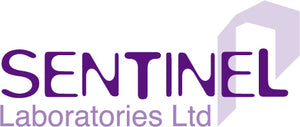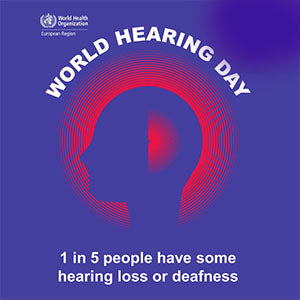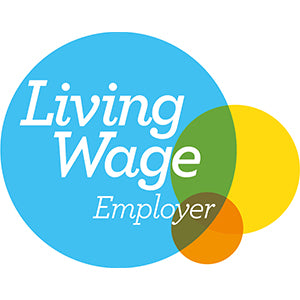7 Common Workplace Hazards and How to Prevent Them
Workplace hazards happen far too often, especially considering how preventable they are. It’s imperative to take the proper actions to ensure the safety of the people who make your company whole. We’ve put together the following list of the top workplace hazards and what you can do to prevent them from disrupting the lives of your employees and the success of your business.
Slips and Falls
The most common workplace hazards fall into the category of slips and falls. These can occur for many reasons – from wet floors to uneven floor surfaces; from loose cables to an unorganized workspace; from uneven stairs to faulty railings, and many more. These types of workplace hazards pose a threat to both your  employees and customers. Fortunately, they are easily avoidable.
employees and customers. Fortunately, they are easily avoidable.
How to Avoid Slips and Falls in the Workplace
To avoid slips and falls from occurring in your workplace, it’s imperative to put proper safety regulations in place and to reinforce them. This may be guidelines regarding putting away products, cleaning up pills and proper stacking processes, or requiring proper, slip-resistance footwear to be worn at all times.
Electrical Hazards
In every business, you’ll find an abundance of electrical appliances, devices and wires. They are essential in today’s modern world but unfortunately, they are incredibly dangerous if not installed and maintained properly.
How to Prevent Electrical Hazards in the Workplace
The first step to avoiding electrical hazards from happening in your workplace is to educate your employees and to require proper workplace equipment to be worn at all times. Give your employees first aid training and a health and safety course to take. The second step is to maintain all electrical installations in a timely manner, such as replacing damaged cables as soon as you notice them. Not only can electrical hazards be extremely dangerous for your employees but they can lead to fires which leads us into the next workplace hazards.
Fires
Fires happen significantly more than many people believe. They aren’t something you just see on the news and they can happen to anyone at any time, particularly if electrical units are faulty. However, fires can also stem from poor cleaning standards and a lack of education.
How to Prevent Fires in the Workplace
One of the first steps to preventing fires in the workplace is to ensure all employees are fully aware of any flammable materials and the proper steps for using them safely. It’s also imperative to have fire alarms, extinguishers and detectors spaced throughout the building, and possibly even fire sprinkler systems installed in the case of a fire happening. Additionally, your employees will need to know how these systems work and a detailed escape plan should be practiced to ensure everyone knows what to do in the case of a fire.
If your employees work around flames, fire-resistant workwear should be worn at all times to prevent injuries.
Inhalation of Dangerous Chemicals, Gases and Materials
Despite there being a vast array of face masks being on the market, illnesses linked to the inhalation of dangerous chemicals, gases and materials are still one of the top workplace hazards. This is particularly true for jobs that occur in small, poorly ventilated spaces. However, the hazard is there regardless of the ventilation system and space of the room.
poorly ventilated spaces. However, the hazard is there regardless of the ventilation system and space of the room.
How to Prevent Inhalation of Dangerous Materials
If chemicals, gases or dangerous materials are being used, protective work gear must also be used at all times. It’s also crucial to take the time to educate your employees on the importance of wearing protective masks and safety gloves, and outline rules with regards to how far away from a substance they should be before removing the safety equipment.
Chemical Hazards
In addition to the inhalation of dangerous chemicals, gases and materials, every business has hazardous materials that can be dangerous to handle, such as basic cleaning supplies. Exposure to chemicals pose the risk of many potential chemical hazards which include, but are not limited to skin irritations, eye injuries, burns, blindness and even death. Unfortunately, these workplace injuries happen more than they should, especially considering how easy they are to prevent.
How to Prevent Chemical Hazards
Like most workplace hazards, education about the materials being handled by your employees is absolutely crucial. The more your employees can know about the chemicals in the products and workplace, the better. It’s just as important to then provide and enforce all employees to wear protective work gear for the specific chemicals they handle. For example, a pair of safety gloves for handling chemical A may not be as protective when handling chemical B. So, it’s imperative to know about the chemicals and to be fully aware of the protective gear that needs to be worn. It may even be required by the law in your area.
Physical Harm
For jobs in construction, fire and rescue, trades and many others, physical harm is a prominent risk that comes with the job. These jobs put employees in dangerous situations that can lead to fatal mistakes if proper safety gear is not worn.
How to Prevent Physical Harm in the Workplace
Education is always the best way to prevent hazards in the workplace. The more your employees know about the risks, the more prepared they’ll be to prevent them from occurring. However, mistakes do happen and some things are beyond  one’s control which is why it’s essential for all employees to wear protective work gear when on a job site. For some industries, this may be a full protective garment and for others, it may be a combination of safety gloves and hard hats, respiratory masks and disposable overshoes.
one’s control which is why it’s essential for all employees to wear protective work gear when on a job site. For some industries, this may be a full protective garment and for others, it may be a combination of safety gloves and hard hats, respiratory masks and disposable overshoes.
Excessive Noise
One of the most commonly forgot about workplace hazards is noise, which has resulted in this workplace hazard to be one of the worst yet most common occurrences in the workplace. Loud noises can cause a lot more damage than simply making your employees’ ears ring. It can result in damage to your employees hearing and even permanent hearing loss. Now, you may be thinking that your workplace isn’t loud on a regular basis but even if there is the odd loud sound, whether it’s peak sound waves from equipment or a machine that needs to be repaired, your employees should be wearing ear protection.
How to Prevent Hazards from Noise
Wearing protective ear equipment is the first step to eliminating workplace hazards caused by excessive noise. This may be as simple as requiring your employees, such as wearing industrial ear plugs or something more serious, noise-reducing headphones.
Secondly, you must take proper action to eliminate any sudden loud noises in the workplace. For example, if a machine is “acting up” and making extremely loud sounds, it should be turned off until it can be repaired.
Proper education and wearing the right protective work gear are key to ensuring the safety of your employees and business. Sentinel Laboratories manufactures and supplies laboratory equipment and disposable products that help you provide a safe work environment that reduces the risk of common workplace hazards occurring.





Leave a comment